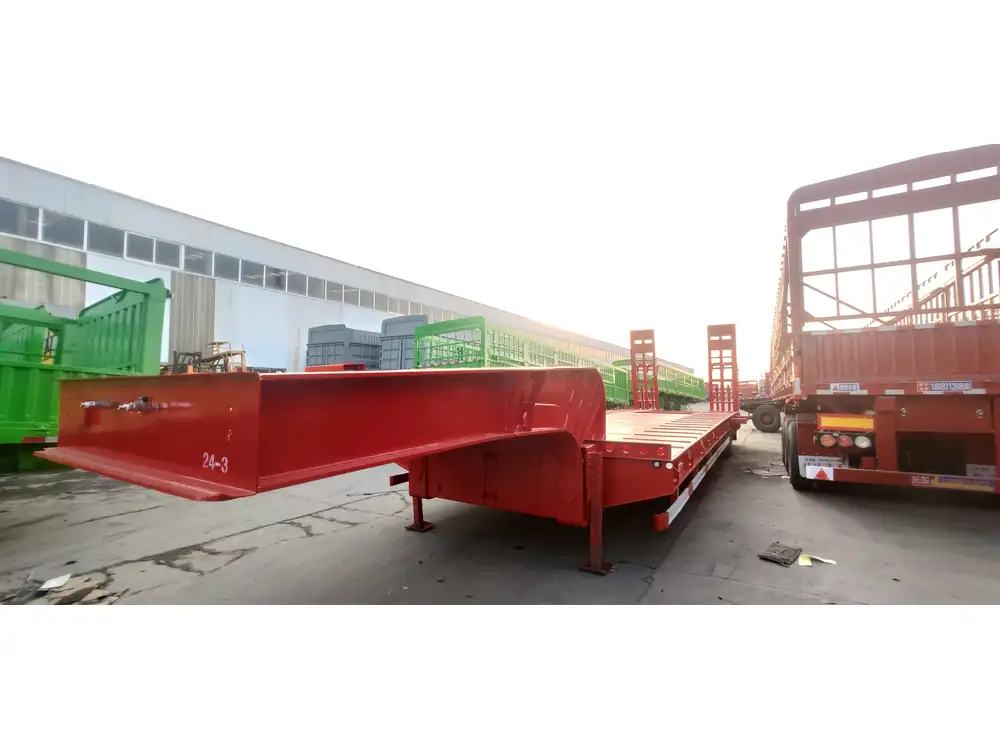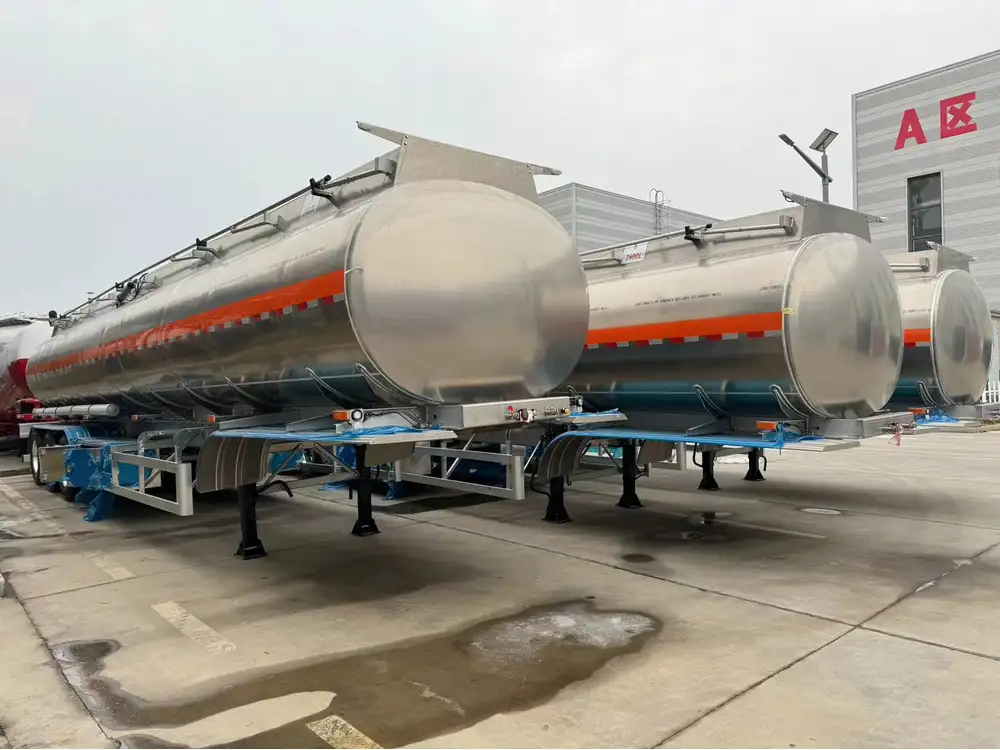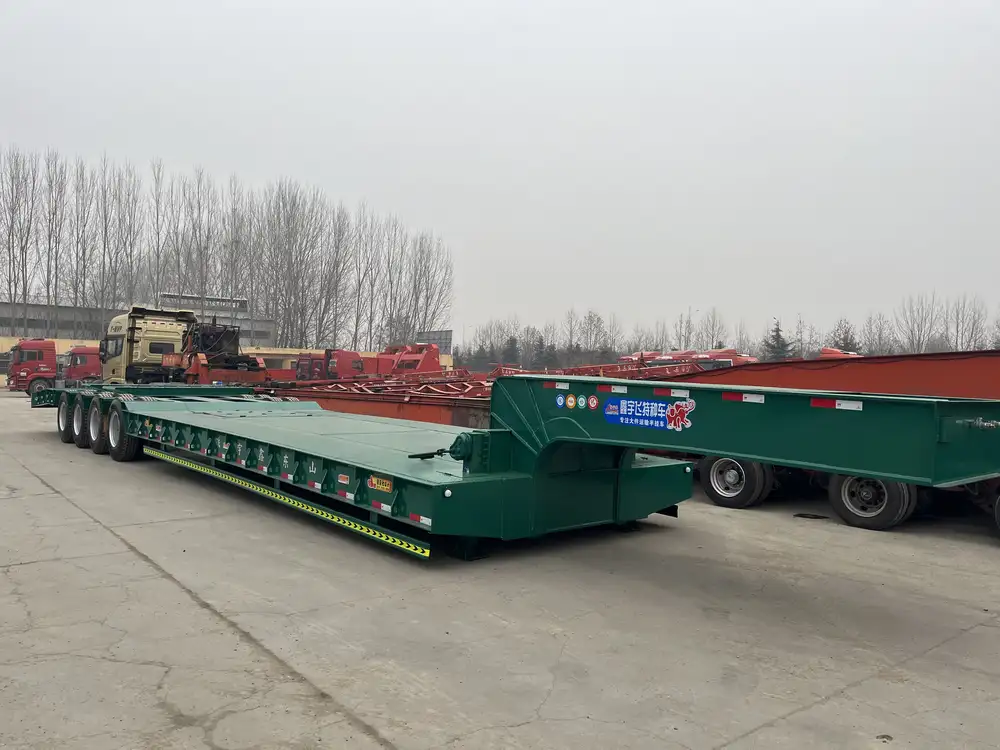Installing a hydraulic ram on your dump trailer can seem like a daunting task at first glance. However, with the right materials, tools, and step-by-step guidance, this DIY project can be both manageable and rewarding. This guide will cover everything you need to know about installing a hydraulic ram on your dump trailer, addressing common problems, and highlighting essential considerations to ensure a smooth process.
Understanding Hydraulic Rams and Their Function
A hydraulic ram is a crucial component in dump trailers, allowing for the lifting and tilting of the trailer bed to facilitate unloading. By utilizing hydraulic fluid, pressure is built up in the system, translating into the movement of the ram.
Components of a Hydraulic System
Before diving into installation, it is essential to familiarize yourself with the components involved in a hydraulic system for dump trailers. Here’s a comparative look at the key parts:
| Component | Function |
|---|---|
| Hydraulic Ram | Lifts the trailer bed by converting hydraulic pressure into linear motion. |
| Hydraulic Pump | Distributes hydraulic fluid, creating pressure within the system. |
| Hydraulic Fluid | The medium that transfers pressure; it plays a vital role in the system’s efficiency. |
| Hoses | Transport hydraulic fluid between the pump and ram. |
| Fittings | Connect various components securely, ensuring there are no leaks. |

Step-By-Step Installation Process
Step 1: Gather Necessary Tools and Materials
Before beginning the installation, ensure you have all the required tools and materials at hand. Here’s a list to prepare:
- Hydraulic Ram
- Hydraulic Pump
- Hydraulic Fluid
- Hoses
- Fittings
- Wrenches and Socket Set
- Screwdriver
- Drill and Drill Bits
- Safety Gear (Gloves and Goggles)
Step 2: Prepare the Dump Trailer
Safety First: Before commencing any work, engage the parking brake and ensure the trailer is on a level surface.
Remove the Old Components: If there’s an existing hydraulic setup, carefully disconnect any hoses, fittings, and the old ram. Take note of how they were connected.

Step 3: Install the Hydraulic Ram
Position the New Ram: Locate the mounting points for the hydraulic ram on your trailer. Typically, this is found at the rear of the trailer bed.
Secure the Ram: Using bolts and nuts, mount the hydraulic ram in place. Ensure it’s fastened securely without any wobbling.
Attach the Piston Arm: Attach the piston arm of the ram to the dump bed, ensuring it can pivot freely without obstruction.
Step 4: Connect the Hydraulic Pump
Install the Pump: Next, find a suitable spot on the trailer for the hydraulic pump. It should be mounted securely, ideally on the trailer frame.
Connect Hoses to the Pump: Using the fittings provided, connect the hoses from the pump to the ram. Pay close attention to the inlet and outlet to ensure fluid flows in the correct direction.
Step 5: Fill the System with Hydraulic Fluid
Check the Manufacturer’s Specifications: Refer to the hydraulic pump and ram specifications to determine the required type and amount of hydraulic fluid.
Fill the Fluid: Carefully pour the hydraulic fluid into the pump reservoir, avoiding spills and ensuring no air bubbles enter the system.

Step 6: Bleed the System
Remove Air Bubbles: With the system filled, it’s crucial to bleed the hydraulic system to remove any air bubbles. This can be done by operating the hydraulic pump while holding the dump bed in a raised position briefly.
Check for Leaks: While operating the system, inspect all connections for leaks. Tighten any fittings or hoses as needed.
Step 7: Test the System
Perform a Function Test: Activate the hydraulic ram to lift and lower the dump bed several times. Ensure it operates smoothly and without hesitation.
Check Stability: Make sure the bed doesn’t wobble and that the lifting mechanism operates efficiently under load.
Common Issues and Troubleshooting
Despite following the installation steps meticulously, issues may still arise. Here’s a look at some common problems and their solutions:

Loss of Hydraulic Pressure
Symptoms: The dump bed raises inconsistently or fails to operate.
Solutions:
- Check for leaks in hoses or connections.
- Ensure the hydraulic fluid is filled to the recommended level.
- Inspect the hydraulic pump function for malfunctions.
Slow or Sticky Operation
Symptoms: The hydraulic mechanism operates at a reduced speed or reluctance in movement.
Solutions:
- Air in the system may lead to sluggish performance; ensure proper bleeding.
- Ensure the correct type of hydraulic fluid is used; viscosity can affect performance.
Noise During Operation
Symptoms: Unusual noises such as grinding or clanking.
Solutions:
- Inspect for loose fittings or hardware that may need tightening.
- Ensure that the ram itself isn’t being obstructed, causing friction.

Inconsistent Lifting
Symptoms: The bed lifts unevenly or suddenly stops mid-movement.
Solutions:
- Verify that the hydraulic ram is properly installed and securely fastened.
- Check the integrity of the hydraulic hoses for knicks or wear.
Maintenance Tips for Longevity
To ensure the longevity of your hydraulic ram and overall dump trailer system, regular maintenance is key. Here’s a quick maintenance checklist:
- Regular Inspection: Periodically inspect all components for wear and tear. Tighten any loose fittings.
- Fluid Replacement: Change hydraulic fluid following the manufacturer’s recommendations to prevent dirt and debris buildup.
- Hydraulic System Cleaning: Clean the pump and ensure there are no blockages in the hoses.
- Test Operations: Regularly test the operation of the ram to catch any issues early on.
Conclusion
Installing a hydraulic ram on your dump trailer is a practical and empowering project that enhances the functionality of your equipment. Following the outlined steps ensures not only a proper installation but also sets the foundation for effective operation, maintenance, and troubleshooting. By anticipating potential challenges and being proactive in your approach, you can fully harness the capabilities of your hydraulic system, transforming your trailer into a vital asset for your logistics and transportation needs.
With careful attention to detail and regular maintenance, your hydraulic ram will serve you well for years to come. Embrace the journey of installing and maintaining your hydraulic systems, and elevate your dump trailer experience to new heights!



